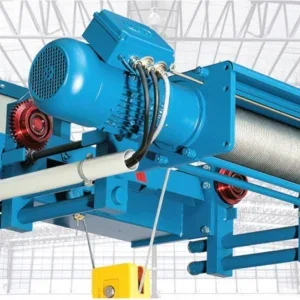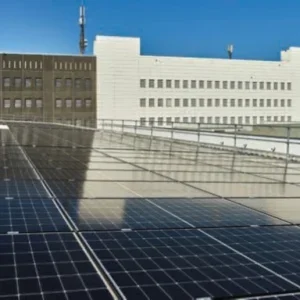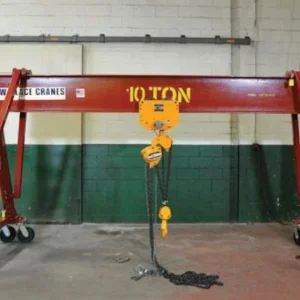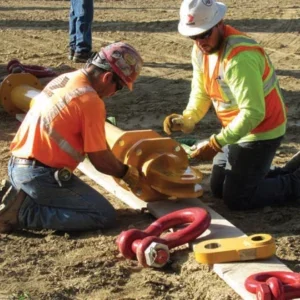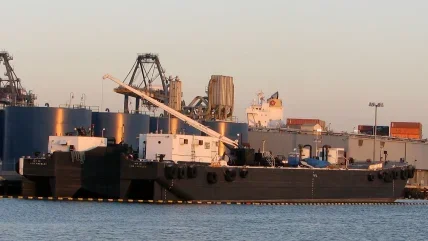
As part of negotiations between the International Longshore and Warehouse Union (ILWU) and the Pacific Maritime Association (PMA), the use of port automation and the allocation of work at certain terminals are key challenges that need to addressed.
Speaking at the TPM23 Conference in Long Beach, California – a conference for the trans-Pacific and global container shipping and logistics community – Lyons said that automation was “inevitable” and that the industry should “move there deliberately as opposed to getting dragged”, Bloomberg reported.
He also stressed that automation should not be used to replace human workers, but rather to enhance production and efficiency.
Organised by The Journal of Commerce as part of S&P Global Market Intelligence, the TPM23 trade conference focused on what the post-pandemic reality will look like for container supply chains and what it means for 2023 and beyond.
Weeks into 2023, the market was almost unrecognisable compared to the past two years of massive pandemic impact. The industry is coming off of an unprecedented period of growth, disruption and consequences, relative to container shipping history going back to the 1950s.
“It is too simple to say that containerised supply chains have simply gone back to normal. The reason is, while port congestion has largely cleared, the pandemic impact on perceptions of risk among shippers and beneficial cargo owners (BCOs) as well as the thinking of some regulators, particularly in the US, has changed significantly and will not quickly revert,” said Peter Tirschwell, VP, S&P Global Market Intelligence and chairman of TPM23.
“At the same time, certain prepandemic realities, such as a greatly consolidated ocean carrier industry and inadequate port flow, have not changed, and that is important to remember in looking out into 2023 and beyond.”
Lyons added that automation could be part of the solution for improving the industry, which has been struggling to cope with the pandemic-induced surge in demand for goods.
“It’s reasonable for businesses to look at investments in technology that would enhance production and efficiency. Automation has to be part of the solution going forward, but it doesn’t have to be at the expense of labour. Labour has to be part of the solution,” he said.
Outgoing labor secretary Marty Walsh has been involved in the negotiations alongside Lyons. As DLM went to press, President Joe Biden was intending to nominate deputy labor secretary Julie Su to replace Walsh, and she is expected to lead the department on an acting basis until the Senate takes up her nomination.
Lyons’ comments reflect a growing recognition within the industry that automation is necessary to keep pace with rising demand and increasing competition from other countries.


